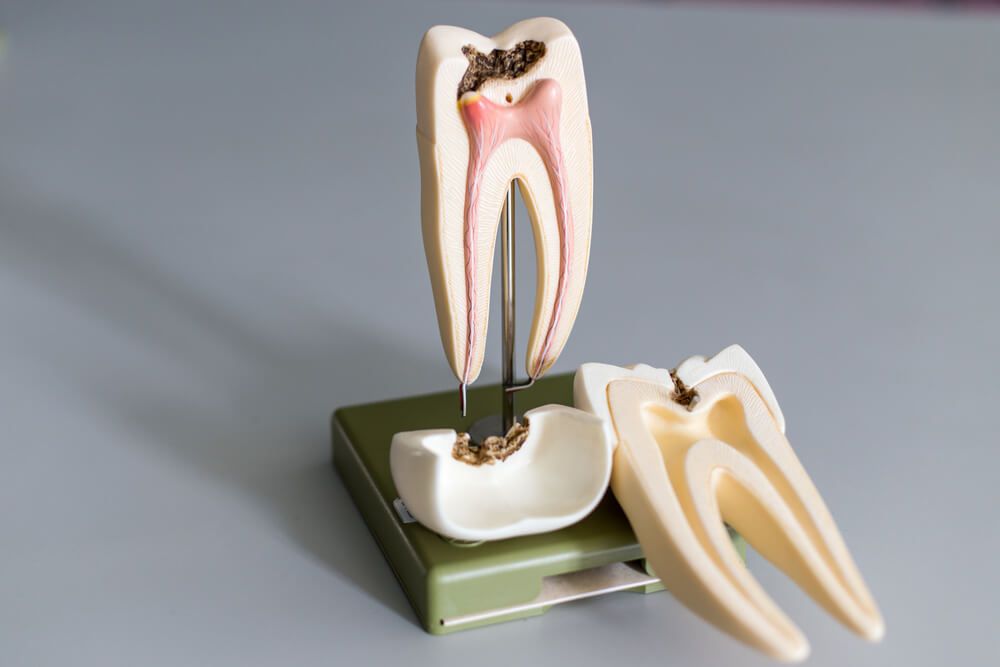
Our experienced team does this by combining our skills and knowledge with advanced technologies, all with a personal, caring touch. Our patient’s best interests and comfort are priority. We are a care-driven practice that serves as a foundation of support to referring dental practices for the ultimate goals of our patient’s quality dentistry and good oral health.
We provide a caring, nurturing environment where your comfort and health is of primary importance. We want you to be our patient! To learn more, call us at 847-277-9911.
We at Advanced Endodontic Specialists are dedicated to providing the best quality endodontic care that is available. Our experienced team does this by combining our skills and knowledge with advanced technologies, all with a personal, caring touch. Our patient’s best interests and comfort are priority. We are a care-driven practice that serves as a foundation of support to referring dental practices for the ultimate goals of our patient’s quality dentistry and good oral health.


Advanced Endodontic Specialists is a top endodontic practice in the Greater Chicago area, serving patients from a comfortable office in South Barrington, Illinois.
Led by endodontist Jeffery Linden, DDS, the practice welcomes patients to address the full scope of endodontic issues and diseases, including tooth pain, inflammation, tooth loss, and other uncomfortable symptoms and complications. Dr. Linden and his team strive to make your visit as comfortable and efficient as possible. In addition to endodontic procedures, Dr. Linden also specializes in providing surgical tooth extractions, bone grafting procedures, and dental implants.
Dr. Linden uses a multitude of different technologies, including 3D imaging, Laser Irrigation, and the surgical operating microscope, for diagnosis, treatment, and patient education. Not all pain in the mouth and facial regions are of endodontic origin, so proper treatment always begins with a proper diagnosis. Treatment options and procedures are then discussed. With Dr. Linden’s skill and expertise, he routinely manages complex cases successfully. Whether it is a basic root canal or a complex retreatment of a failed root canal, he provides exceptional service.
Urgent care is available for individuals experiencing acute pain conditions from infection, nerve pain and inflammation, broken teeth, cracked teeth, and traumatic injuries.
To schedule a visit with Advanced Endodontic Specialists, give the office a call or request one online today.

Used to clear infected pulp away from the chambers and canals of a diseased tooth.

Sometimes a tooth may fail to heal or pain may continue to exist.

Immediate treatment can not only help relieve pain, but could save your tooth too.

We know that your time is valuable to you, and that’s why we make every effort to see you at your scheduled appointment time. We offer dental appointment reminders and a quick turnaround time on calls and appointment requests.

Your safety and comfort are our priority.

Delivering the finest care at a reasonable cost.

Qualified to handle all aspects of your endodontic care.

Treatment plans centered around your oral health needs.

Jeffery Linden, DDS, an experienced dentist and endodontist, dedicates his time and expertise to patients at Advanced Endodontic Specialists in South Barrington, Illinois. He provides a high level of care in all that he does and is committed to providing his patients with the latest diagnostic and treatment techniques in the field of endodontics.
Dr. Linden utilizes 3D imaging to deliver precise treatments with exceptional results. He specializes in root canal treatments, root canal retreatments, endodontic surgery, tooth extractions, and dental implants.
Outside of the office, Dr. Linden stays very busy with his wife and three teenage sons.
We are a care-driven practice that serves as a foundation of support to referring dental practices for the ultimate goals of our patient’s quality dentistry and good oral health.
Learn about the conditions and treatments we offer at Advanced Endodontic Specialists.

Cone Beam CT Our practice utilizes state-of-the-art, small volume cone-beam CT (computed tomography) technology that provides highly accurate, 3-D radiographic images for the diagnosis, planning

Please select from the list below the title that best reflects your pain. Momentary sensitivity to hot or cold foods Possible Problem If the discomfort

Myths About Root Canals and Root Canal Pain
There are many misconceptions surrounding root canal (endodontic) treatment and whether patients experience root canal pain. The American Association of Endodontists wants you to have accurate